All Essays
-
All Things Fish
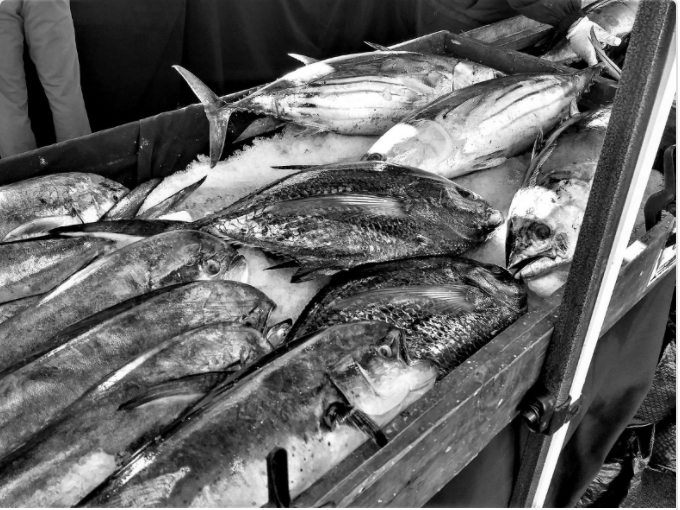
Saving faith for another time (literally), I pursue Dr. Alfred’s science, and my recent work involves reconciling facts, figures and fish (markets). By understanding participants’ behavior and the relevant public efforts, the larger goal of this research is to optimize market design that best facilitates the trade and consumption of sustainable species, and and support fishing ... READ MORE
-
Bangkok Utopia: Buddhist Felicities, Modern Architecture and Landscape
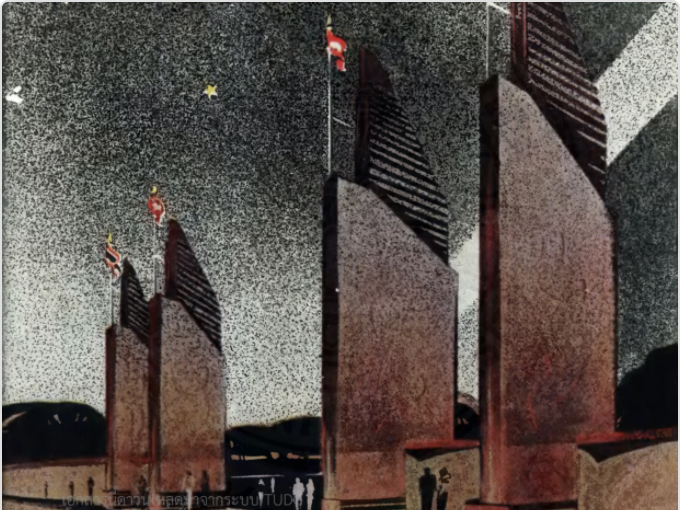
My first scholarly monograph, which is based on over a decade of archival and field research, extends the conversation on Buddhist landscapes and mnemoscapes undertaken in religious studies, cultural geography, and cultural history by scholars like Anne Blackburn, James Duncan, and Maurizio Peleggi into the realm of modern architectural and and urban history ... READ MORE
-
Black Pastoral: Ignore the Hostile Faces
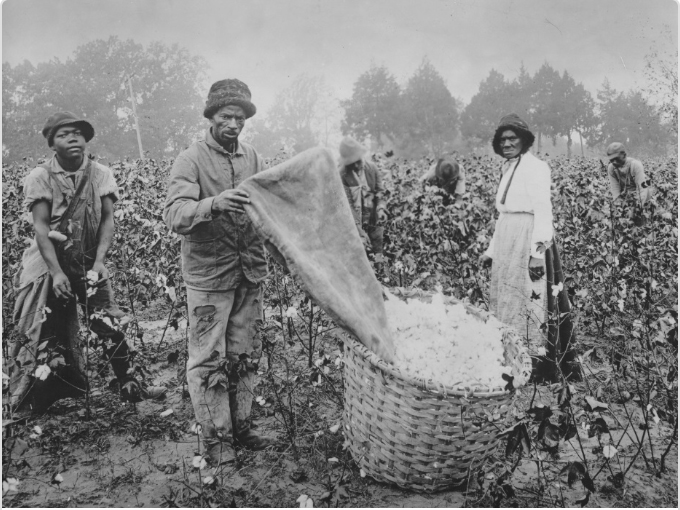
Huestis Cook’s photograph contributes to popular imagery of Black people picking cotton - chief among America’s “slave crops.” It thus reinforces a commonplace association between field labor and Black subservience. Yet, the picture’s production and circulation signal the unwieldy process of representing this connection as a natural and enduring feature of the ... READ MORE
-
Colonization, Decolonization, and Representing Landscapes
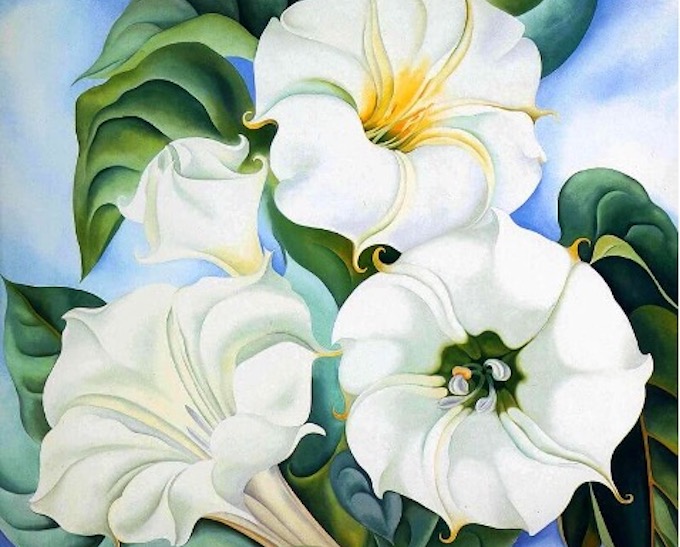
I am an art historian who works within and between the fields described as American art and Native American art. I began my career writing about modernism in the United States, which led me to write about Pueblo artists, whose work is underrepresented in scholarship. I am currently working on two book projects: one about U.S. modernist Georgia O’Keeffe ... READ MORE
-
Corpus, 2017
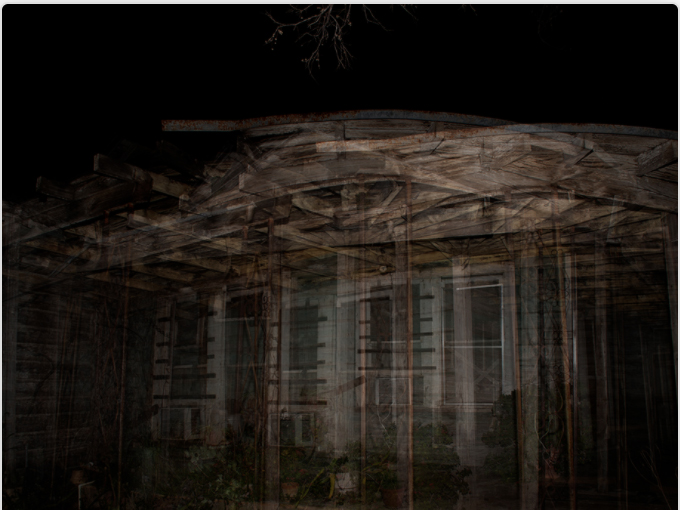
Corpus emerged from documentation of a specific site and place of memory. Photographic documentation of my paternal grandmother’s house initially intended to preserve this abandoned site before it succumbed to utter decay, transformed into an investigation on how memory is constructed. Memory becomes activated through gaps between thoughts or ... READ MORE
-
Frans Post’s Brazilian Landscape (1665)
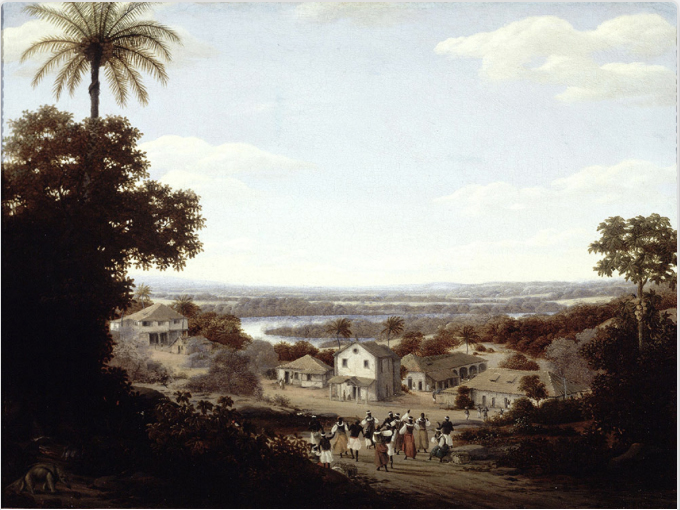
Brazilian Landscape was painted in 1665 by the Dutch artist Frans Post. Post was born in Haarlem in 1612 and died in the city of his birth in 1680. The landscape artist made his living by painting scenes like this one, which capitalized on a burgeoning demand for exoticized landscapes. Although this landscape is a fantastical one, it is likely that Post was working ... READ MORE
-
From Canaries to Tools: The Evolution of an Ecological Art Practice (1665)
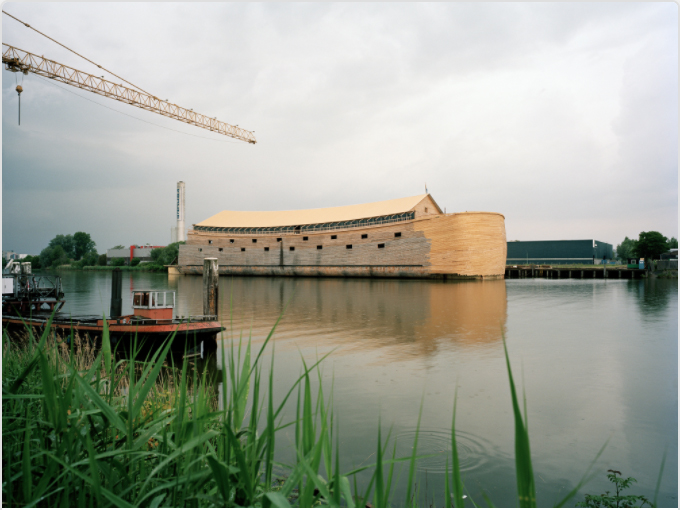
Our current work began with a landscape photography project titled, A History of the Future in which we photographed places where scientists study the impacts of climate change. We were inspired by Elizabeth Kolbert’s book Field Notes from a Catastrophe: Man, Nature, and Climate Change, and wondered what could be seen of climate change in the still image ... READ MORE
-
Harry Fenn’s Indian Watching a Ship from Shore (1870)
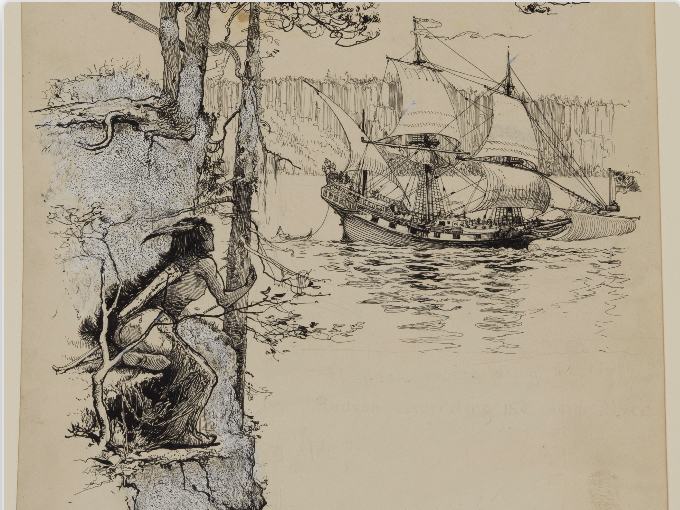
Harry Fenn’s Indian Watching a Ship from Shore, from circa 1870, depicts a solitary Native figure observing the arrival of explorer Henry Hudson to North America. This work was featured in the exhibition, Making History, Justifying Conquest: Depictions of Native Americans in American Book Company Textbooks, on view at the Syracuse University Art ... READ MORE
-
Holy Assemblages of Marble and Wood: Stylites and Dendrites as Cyborg Saints
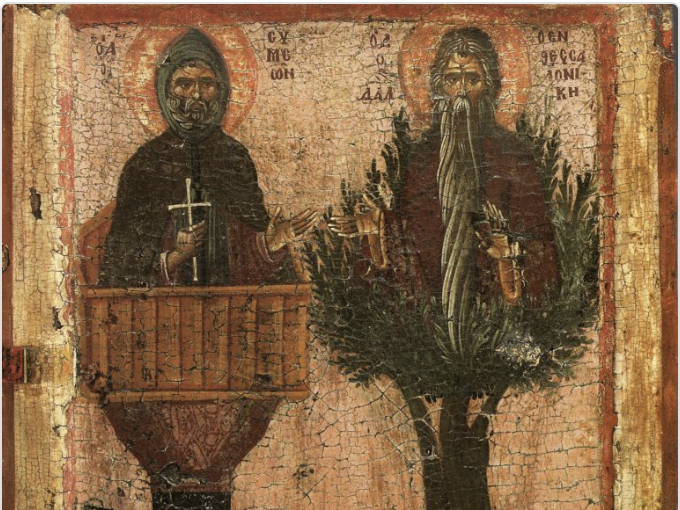
The Late Byzantine icon of the stylite saint Symeon and of the dendrite saint David, now at the Vatopaidi Monastery on Mount Athos, is a remarkable image of two figures merging with their ascetic prostheses. The inscriptions give little information: Symeon is hagios, and David is a saint from Thessalonike. But the assemblages that constitute their bodies are indeed ... READ MORE
-
Imagined Nature
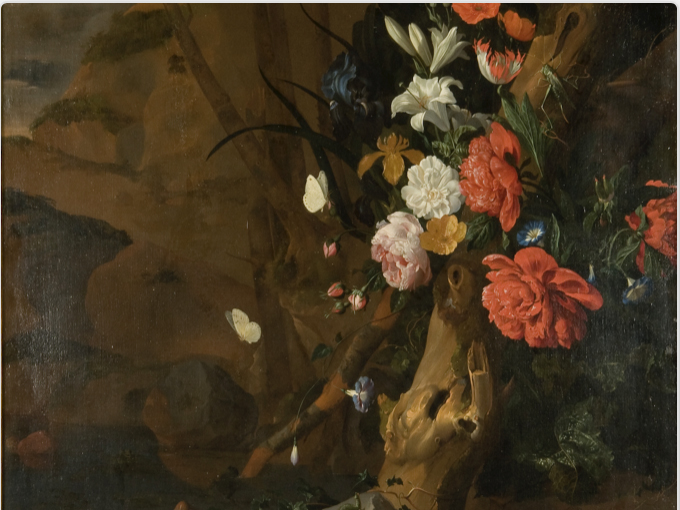
Established in the early seventeenth-century Netherlands, still life became an independent genre of painting. Originally, religion shaped the subject matter, such as the representation of the Virgin Mary’s purity in vases of flowers. However, Rachel Ruysch (Dutch 1664/1665-1750) looked to science rather than religion to inspire her Floral Still-Life (1686). Ruysch was ... READ MORE
-
Landscape and the Capabilities of Media
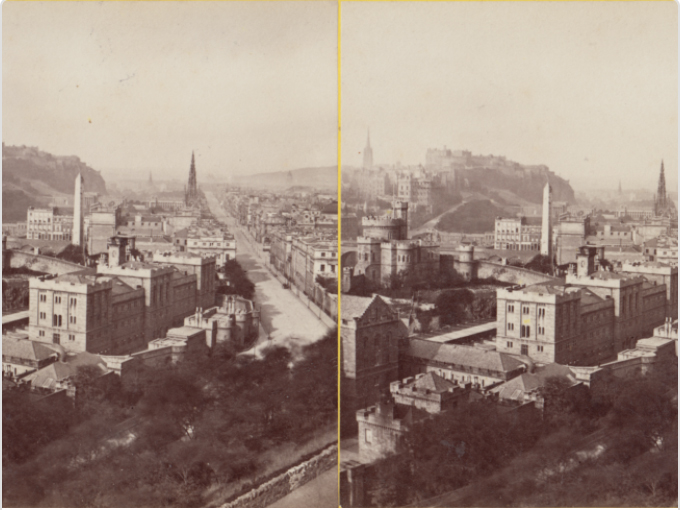
New media for representing landscapes—and landscape as a medium itself—are integral to two of the three case studies that comprise my forthcoming book, Romantic Capabilities: Blake, Scott, Austen, and the New Messages of Old Media (Oxford University Press, 2020). In fact, the book’s main title is a reference to the nickname of eighteenth-century Britain’s ... READ MORE
-
Roelandt Savery’s Birds and Beasts by a Stream (1636)

Roelandt Savery was born in 1578, in Courtrai, located in the Southern Low Countries. Courtrai fell to the Spanish in 1580 and Roelandt Savery and his family were forced to evacuate north to the Dutch Republic. The family settled in Haarlem. By the late 1580s, Roelandt and one of his older brothers, Jacques (Jacob, 1565-1603) had moved to Amsterdam. Roelandt ... READ MORE
-
Tendrils Eat the World Anew

These poems are about my experiences gardening with, learning from, and forging longstanding relationships with Karen individuals from Southeast Myanmar (Burma) who have been resettled as refugees in the U.S. Over the course of nine years I have spent time getting to know many Karen people in the United States (in Georgia and New York) and, most recently, ... READ MORE
-
The Effect of Looking
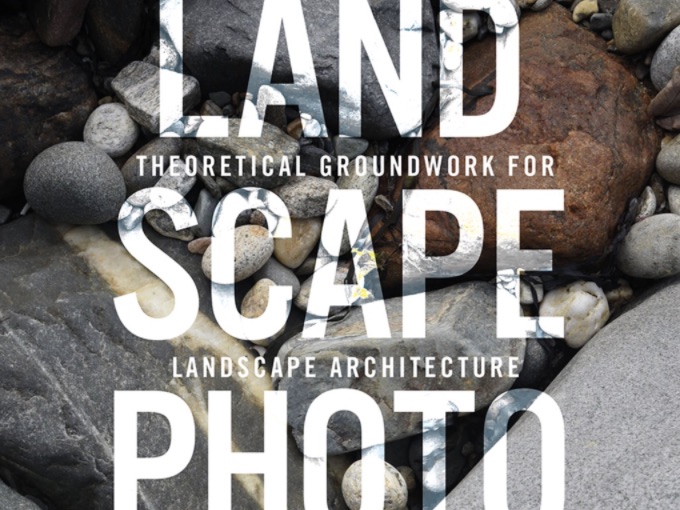
The effect of looking at places you cannot visit, through photography, becomes more profound when longing is the lens through which you look. This sense of longing sprouted from confinement – self-confinement. Photography, of course, transports us. It sends us to places near and far, known and unknown. We see the world this way now. All the metaphors and ... READ MORE
-
The Howling Infinite: Moby Dick, Art and the Environment

Herman Melville brought his epic narrative to its climax by having the white whale ram and sink the whaling ship Pequod. Far from being a flight of fancy, the scene was based on an event in 1820 when the Nuntucket whaleship Essex was struck and sunk by a sperm whale in the Pacific Ocean. The crew of 20 set out in three modified whaleboats on a 2200-mile ... READ MORE
-
Taming the Tiger
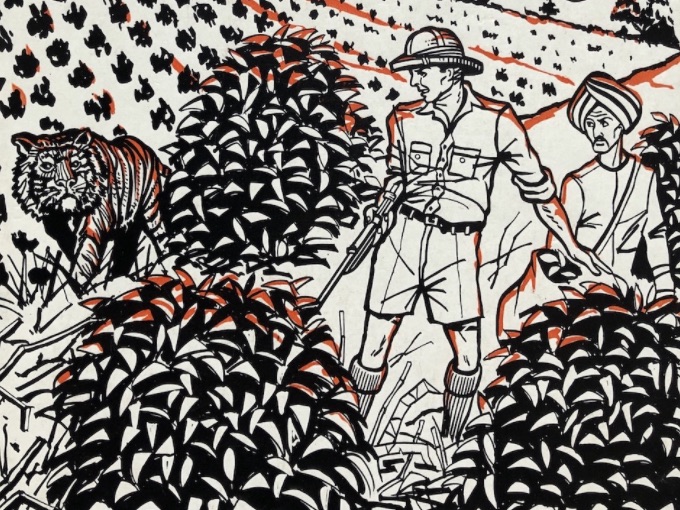
Carved out of dense jungle in the nineteenth and twentieth centuries, tea plantations in India are often located in time-honored animal corridors, their very names resonating with the wildlife long enmeshed with their landscapes: Hathikuli, Baghjan, Baghmari, and Tiger Hill all evoke the tigers, leopards, and elephants whose natural habitats overlapped with their terrains, the ... READ MORE
-
Trees and the Stories of a City: Istanbul and the Ailanthus Altissima
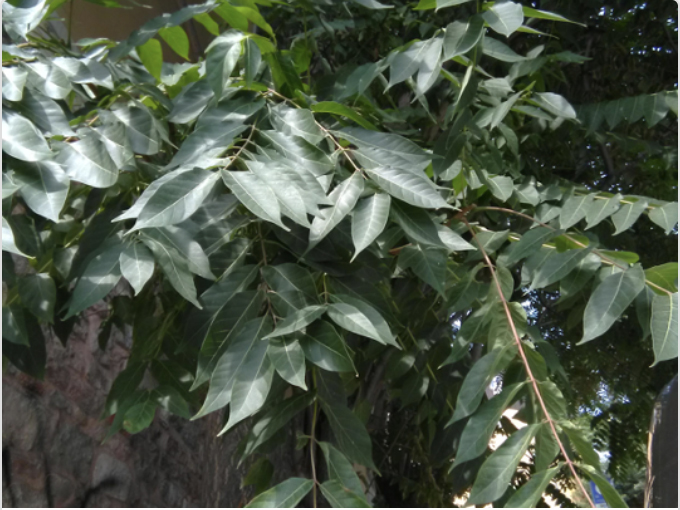
In her essay, “Ruderal ecologies: Rethinking nature, migration, and the urban landscape in Berlin,” Bettina Stoetzer asks us to pay attention to the forms of life and experience that emerge in margins, gaps, and gray zones. “Neither wild nor domesticated,” she writes, “ruderal communities depend on what is known as an ‘edge effect’ and the juxtaposition of contrasting ... READ MORE
-
You Were an Amazement on the Day You Were Born (2019)
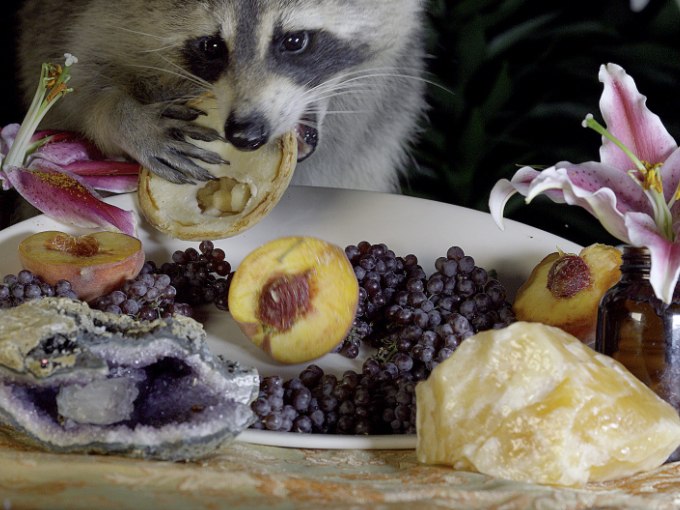
You Were an Amazement on the Day You Were Born is a visually rich film that follows a woman through a life characterized by damage and loss, but in which she finds humor, love, and joy. With a score that follows the span of Lenore’s life, from her birth in the early 70s to her death in the 2040s, the film takes us from moments of harrowing loss to those of poignancy ... READ MORE
